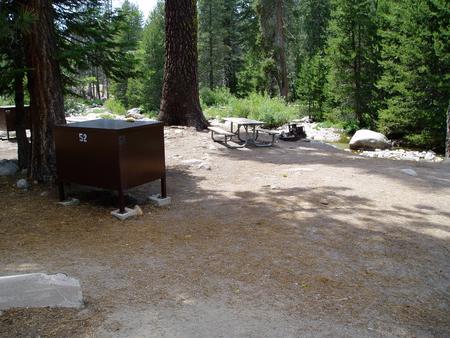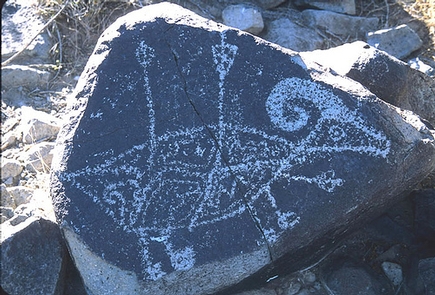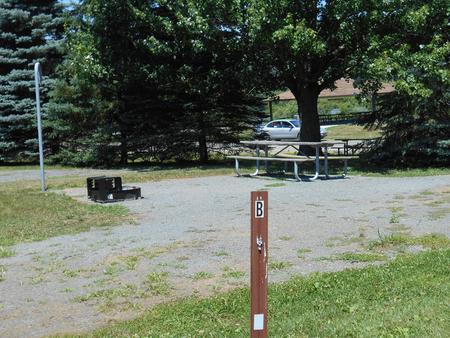Directions
Great White Heron NWR is accessible only by boat. However, the refuge is administered as part of the National Key Deer Refuge headquartered on Big Pine Key, which is 100- miles south of Miami. The visitor center is located 1/4-mile north of the traffic light on Key Deer Boulevard in the Big Pine Key Shopping Plaza.
Phone
305-872-2239
Activities
BOATING, FISHING, WILDLIFE VIEWING, PHOTOGRAPHY, PADDLING
Camping Reservations
Reserve your campsite at these camping areas:
Hiking Trails
Looking for nice hiking areas to take a hike? Choose from these scenic hiking trails:
Related Link(s)
Great White Heron National Wildlife Refuge
Great White Heron National Wildlife Refuge was established in 1938 as a haven for great white herons, migratory birds, and other wildlife. The refuge is located in the lower Florida Keys and consists of almost 200,000 acres of open water and islands that are north of the primary Keys from Marathon to Key West. The islands account for approximately 7,600 acres and are primarily mangroves with some of the larger islands containing pine rockland and tropical hardwood hammock habitats. This vast wilderness area, known locally as the backcountry,Ñ? provides critical nesting, feeding, and resting areas for more than 250 species of birds. Great white herons are a white color-phase of great blue herons and are only found in the Florida Keys. The refuge was created to protect great white herons from extinction since the population was decimated by the demand for feathered hats. Protection of great white herons was successful, and these magnificent powder-white birds can be observed feeding on tidal-flats around hundreds of backcountry islands each dawn and dusk. Three species of sea turtles rely on the backcountry for feeding and nesting. Endangered Green sea turtles and threatened Loggerhead sea turtles are the two documented species that successfully nest in the refuge. Hawksbill sea turtles are known to feed in seagrass beds throughout the refuge, but nesting has not been observed.






